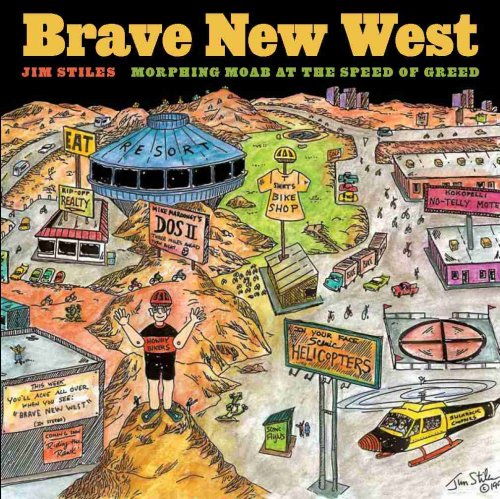For U.S. beef ranchers, sustainability is more than a buzzword — it’s a way of life
Seattle Pi
by Cdinsdale
Jim Rose has been raising beef on the lush grass around Bay Center, Washington, almost all his life. His grandpa and two of his grandpa’s brothers first bought a cattle herd and drove it here in 1923, using a Model T Ford. Over the last nearly century it’s no surprise the Rose family has embraced modernization and new technology to help them do what they love and maintain their family business for the next Rose generation.
Throughout his nearly six decades on the ranch, Jim has seen plenty of new ranching methods and he’s proud of the beef community’s continuous commitment to caring for the land and animals, not to mention the advances in nutrition and genetics. As the Rose Ranch approaches its centennial, Jim has noticed the shifting public views on farming, including the increased focus on ranching’s impact on the environment. The current conversation is around sustainability — a term that makes Jim smile and shake his head — as if a third-generation farmer has never considered the idea of sustainability.
“People don’t understand how much ranchers are already environmentalists, and have always been,” says Jim. “If you don’t take care of your environment, you’ll be out of business — that’s a hell of an incentive to do a good job. Ranchers need to take care of their land, and they know that. Or they don’t have a business.”
Rose Ranch is not alone in its dedication to sustainability. Like Jim, the country’s farmers and ranchers are constantly looking for ways to improve and innovate in their mission to produce high-quality, sustainable beef for coming generations.
At the Water’s Edge
Rose Ranch is a water-color painting of the idyllic family farm. Cattle graze in vibrant green pastures while Canada Geese land just feet away along the water’s edge, all among the backdrop of bluebird skies. To visit Jim’s ranch is to see healthy ecosystem in action.
But Jim’s ranch is unique in that is located adjacent to Willapa Bay, and with this scenic waterfront property comes added responsibility. That’s because the bay and some of its tributaries have been fertile oyster habitat for centuries. That means Rose Ranch has to be mindful not only how it uses water, but also how it protects water.
“We’re coexisting with oystermen who are our friends and neighbors,” says Jim. “We’re protecting their water and our grass and trying to be good, contributing members of the community.”
Rose Ranch is actually doing much more than just “coexisting” with their neighbors. Jim and his family have coordinated with the local oyster industry to ensure that the land and water can support both food products. This is a very rainy part of the state, so they fence off waterways, use only natural fertilizers and even use oyster shells to fortify the mud—all to prevent runoff while making use of the rainwater by leveraging the land to safely raise both beef and oysters for people to eat.
Jim also works to account for the local climate, matching his practices to the environment. For example, with an average of 90 inches of annual rain annually, he uses fences where necessary, but also relies on the sloughs to naturally create barriers around his farm.
Though his land looks like nature untouched, Jim’s careful management is what ensures the conservation of this unique habitat where animals, mollusks, birds and plants thrive together.
Continue reading here
Subscribe to RANGE magazine
Call 1-800-RANGE-4-U
The post Washington rancher showcases environmental benefits of raising livestock appeared first on RANGEfire!.









Leave a Reply